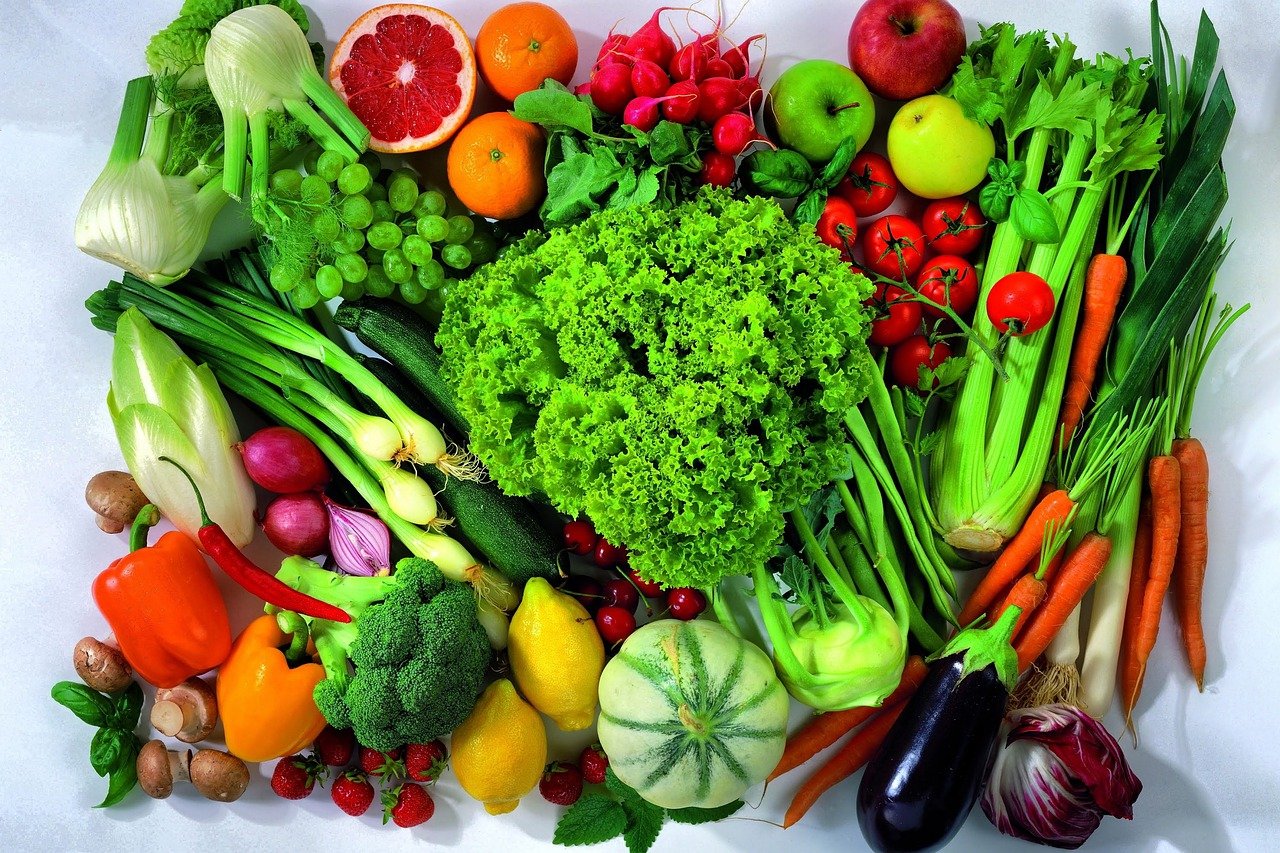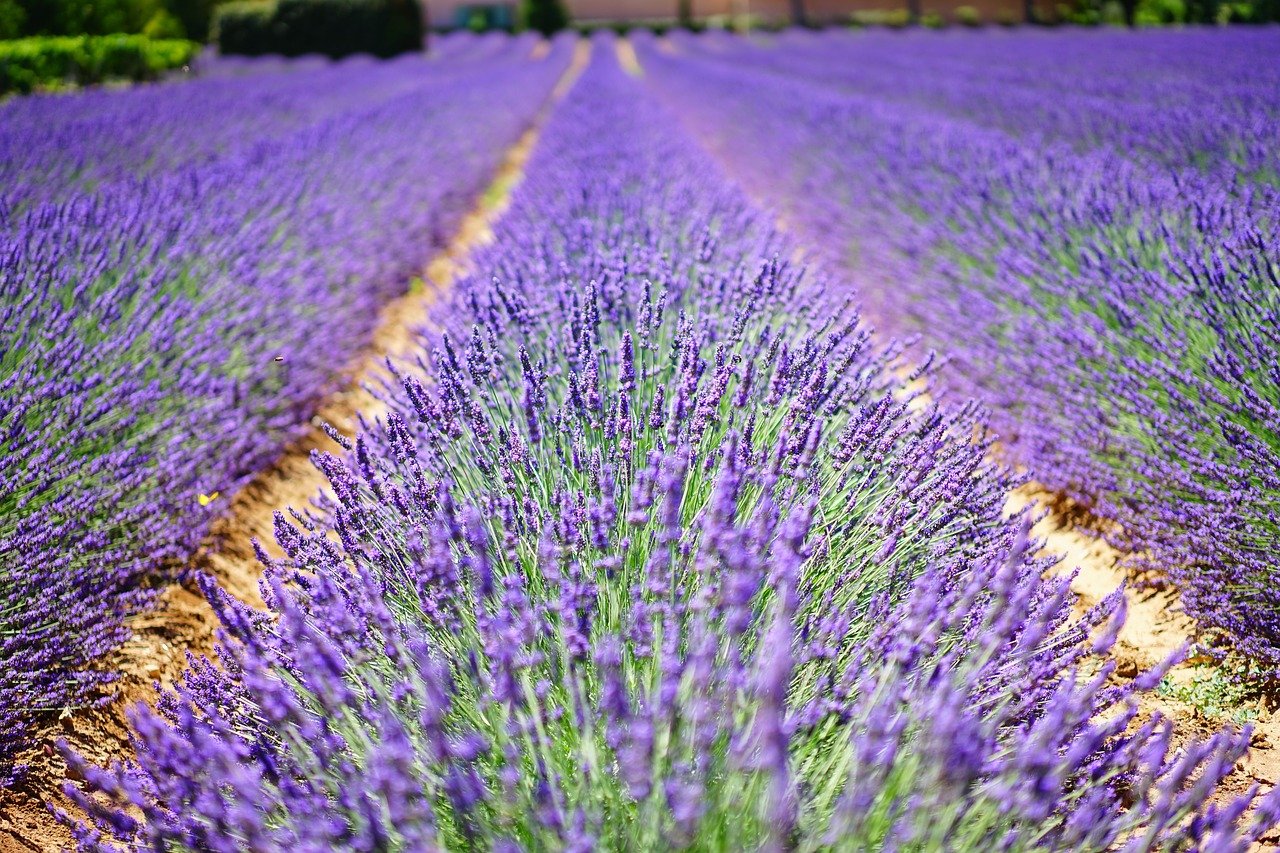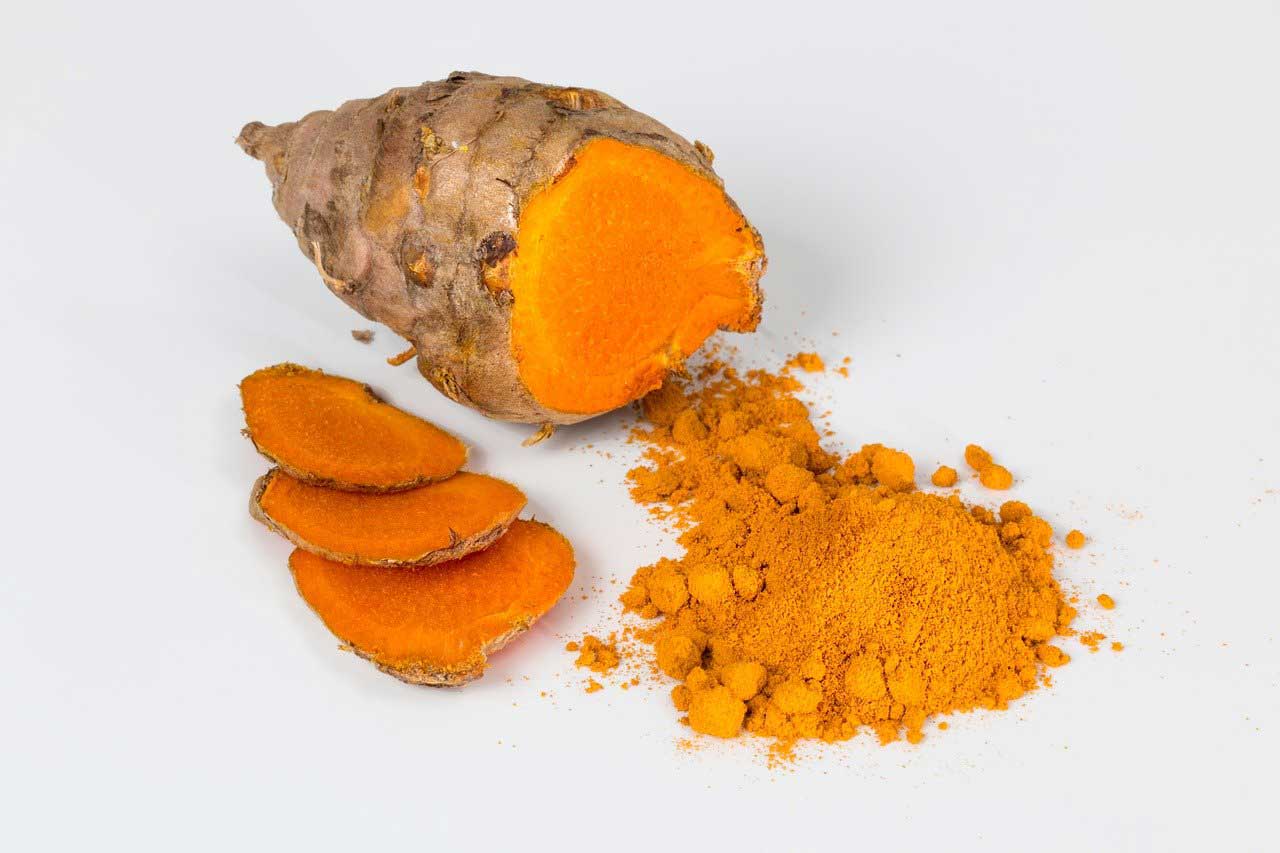Matcha is a traditional Japanese tea that has seen a surge of popularity in recent years. It seems as if matcha has been transformed into every dessert, candy, and beverage imaginable: matcha lattes, matcha cakes, and matcha candy bars have become an instant crowd pleaser.
But did you know that matcha is also one of the healthiest drinks in the world?
Matcha is rich in antioxidants, vitamins, and minerals that can help protect your body from a wide variety of diseases. The regular consumption of matcha is proven to benefit overall health, making it a worthy addition to anyone’s tea stash.
Where Does Matcha Come From?
Matcha comes from camellia sinensis, a plant that is also responsible for oolong, green, and black teas. What makes matcha special from other derivatives is the unique way it is grown and processed.
To create matcha, tea plants are covered 20 to 30 days before harvest to prevent sunlight exposure. This boosts chlorophyll production, which is the reason behind matcha’s vibrant green color and higher amino acid content.
Once harvested, these bright green tea leaves (excluding stems and veins) are then processed into the powder we all know as matcha. Because matcha is derived purely from the leaves, it has a higher concentration of caffeine and antioxidants than other types of tea – which also means that matcha has slightly more pronounced benefits on health than green tea.
6 Scientifically Proven Health Benefits of Matcha
Matcha is packed with antioxidants, vitamins, and minerals that can aid your overall health, prompting research on its specific benefits to our bodies. Here are the 7 scientifically proven benefits of drinking matcha tea.[1]

- It Has Strong Antioxidant Properties
As you go about in your daily routine, your cells are constantly exposed to the damage caused by unstable atoms called free radicals. These free radicals are generated mostly by harmful substances, such as tobacco smoke, air pollutants, pesticides, alcohol, and the excess consumption of fried foods.[2]
Antioxidants fight these free radicals by reducing the formation of free radical damage or neutralizing them by sharing electrons before it can oxidize vital cell molecules.
Although our bodies are able to produce their own antioxidants, it often needs an additional boost from antioxidant-rich foods to help balance out the effects of free radicals. And when free radicals begin to outnumber your antioxidants, your body is considered to be in a state of oxidative stress – which leads to cell and tissue damage that can increase your risk of developing chronic diseases.[3]
Matcha tea is exceptionally high in these helpful antioxidants. In fact, matcha is even more powerful than green tea (which is also renowned for its antioxidant properties), providing up to 137 times more antioxidants than low-grade variety teas.[4]
- It Can Help Protect The Liver
Your liver is one of the most essential organs when it comes to detoxifying your body. Some of its main functions include filtering waste from your bloodstream, metabolizing proteins, and producing bile, a fluid that helps your digestive system absorb nutrients.
In both human and animal studies, matcha was found to benefit and protect liver health.
For instance, a study which involved 80 people with non-alcoholic fatty liver disease investigated whether the consumption of green tea extract (which has a similar nutrient profile to matcha tea) can help alleviate symptoms. After 12 weeks of regular consumption, green tea extract significantly reduced the amount of liver enzymes, which suggests that the liver damage has subsided.[5]
One animal study also showed that the consumption of green tea extract for 90 days reduced liver and kidney damage among diabetic rats.[6]
- It Can Boost Brain Function
if you’re looking for a brain booster for an upcoming exam, matcha is your next best friend!
Several studies have found that consuming matcha can lead to improvements in attention, reaction time, and memory. This comes from matcha’s high caffeine and l-theanine content – with the former causing an increase in brain function, while the latter promotes alertness while producing a calming effect that prevents the dreaded energy crash that you would normally experience with coffee.[7,8]
- It May Help Prevent Cancer
Thanks to its powerful antioxidants, matcha may lower your chances of developing cancer. Among these antioxidants is epigallocatechin-3-gallate (EGCG), a catechin that has been found to have strong anti-cancer properties.
In several test tube studies, EGCG was found to be effective in killing off prostate, skin, lunch, and liver cancer cells.[1]
Green tea extract was also found to be effective in decreasing tumor size and slowing down the growth of breast cancer cells in one animal study.[9]
In another remarkable test tube study, matcha green tea was specifically found to target cancer stem cell propagation, suggesting that matcha is a natural compound that can help decrease cancer cell resistance to chemotherapy.[10]
- It May Promote Heart Health
Heart diseases are the leading cause of death worldwide – thus, it is important for us to follow a healthy diet and lifestyle to protect our bodies from the dangers of heart disease.
Research has also shown that regularly drinking matcha tea may reduce the risk of developing heart disease.
The catechins in green tea and matcha can lower the risk of heart disease by lowering LDL (bad) cholesterol and triglycerides in our bloodstream.
In a study of 40,540 Japanese adults, it was found that those who drank more than 5 cups of green tea a day had a 26% lower risk of death caused by heart attack or stroke, and a 16% lower risk of death in general. This is in contrast to black tea, which was found to have no effect on heart risk.[11]
- It Can Help You Lose Weight
One of the most well-known benefits of green tea is its fat burning capabilities, which comes from EGCG’s ability to speed up metabolism and slow down the growth of fat cells. In fact, many popular weight loss supplements use green tea extract because it is so effective in speeding up metabolism.
Given that matcha is a highly concentrated version of green tea, it is possible that matcha has stronger fat burning capabilities than regular green tea.
In a study published in 2018, the consumption of matcha tea was found enhance exercise-induce fat oxidation among female participants.[12]
How To Prepare Matcha
Although matcha can be purchased in the form of tea bags, the traditional preparation of matcha is the best way to attain its health benefits.[13]
Traditional matcha is sold in powdered form, and there exists a wide variation in quality. The most expensive and concentrated matcha is known as ceremonial grade matcha, as it is commonly used in Zen Buddhism rituals. Culinary grade matcha works great as well and should be available in most stores. Having your own traditional matcha whisk will come in handy in creating a frothy layer of foam on top of your matcha – otherwise, a regular whisk or hand mixer will work too.
Preparation: First, sift your matcha before adding water as it tends to clump, which can make it difficult to achieve a smooth texture. The amount of matcha depends on your preferences and the grade of matcha, but the standard formula is between ½ to ¾ teaspoon per cup. Afterwards, pour hot water and whisk in a side to side motion – whisking in a circular motion will not result in frothing.
Feel free to top it off with honey or milk to create matcha latte! Matcha tends to be bitter and earthy, so it is recommended to use a sweetener to make it more palatable.
Shelf Life: Matcha has a relatively short shelf life – once opened, it should be consumed within two months for best results.
Conclusion
Matcha comes from the same plant as green tea, meaning they have an identical nutritional profile. But due to the nature of matcha production, it has a higher concentration of the same nutrients – thus, possibly making it more potent than regular green tea.
Including matcha in your diet can decrease your risk of heart disease, improve liver health, and boost weight loss – along with other benefits that come from its strong antioxidant properties.
Matcha is also quite easy to prepare, and it tastes great, too! It’s worth adding to your pantry, especially if you’re already a regular tea drinker.
References
[1] Link, R. (2020, February 25) 7 Proven Ways Matcha Tea Improves Your Health. Retrieved on November 20, 2020 from https://www.healthline.com/nutrition/7-benefits-of-matcha-tea
[2] Liou, S. (2011, June 29) About Free Radical Damage. Retrieved on November 20, 2020 from https://hopes.stanford.edu/about-free-radical-damage
[3] Pizzino, G., Irrera, N., Cucinotta, M., Pallio, G., Mannino, F., Arcoraci, V., Squadrito, F., Altavilla, D., & Bitto, A. (2017). Oxidative Stress: Harms and Benefits for Human Health. Oxidative medicine and cellular longevity, 2017, 8416763. https://doi.org/10.1155/2017/8416763
[4] Weiss, D. J., & Anderton, C. R. (2003). Determination of catechins in matcha green tea by micellar electrokinetic chromatography. Journal of chromatography. A, 1011(1-2), 173–180. https://doi.org/10.1016/s0021-9673(03)01133-6
[5] Pezeshki, A., Safi, S., Feizi, A., Askari, G., & Karami, F. (2016). The Effect of Green Tea Extract Supplementation on Liver Enzymes in Patients with Nonalcoholic Fatty Liver Disease. International journal of preventive medicine, 7, 28. https://doi.org/10.4103/2008-7802.173051
[6] Yamabe, N., Kang, K. S., Hur, J. M., & Yokozawa, T. (2009). Matcha, a powdered green tea, ameliorates the progression of renal and hepatic damage in type 2 diabetic OLETF rats. Journal of medicinal food, 12(4), 714–721. https://doi.org/10.1089/jmf.2008.1282
[7] Dietz, C., Dekker, M., & Piqueras-Fiszman, B. (2017). An intervention study on the effect of matcha tea, in drink and snack bar formats, on mood and cognitive performance. Food research international (Ottawa, Ont.), 99(Pt 1), 72–83. https://doi.org/10.1016/j.foodres.2017.05.002
[8] Smith, A. P., Christopher, G., & Sutherland, D. (2013). Acute effects of caffeine on attention: a comparison of non-consumers and withdrawn consumers. Journal of psychopharmacology (Oxford, England), 27(1), 77–83. https://doi.org/10.1177/0269881112460112
[9] Kavanagh, K. T., Hafer, L. J., Kim, D. W., Mann, K. K., Sherr, D. H., Rogers, A. E., & Sonenshein, G. E. (2001). Green tea extracts decrease carcinogen-induced mammary tumor burden in rats and rate of breast cancer cell proliferation in culture. Journal of cellular biochemistry, 82(3), 387–398. https://doi.org/10.1002/jcb.1164
[10] Bonuccelli, G., Sotgia, F., & Lisanti, M. P. (2018). Matcha green tea (MGT) inhibits the propagation of cancer stem cells (CSCs), by targeting mitochondrial metabolism, glycolysis and multiple cell signalling pathways. Aging, 10(8), 1867–1883. https://doi.org/10.18632/aging.101483
[11] Harvard Health Publishing (2012, December) Green tea may lower heart disease risk. Retrieved on November 21, 2020 from https://www.health.harvard.edu/heart-health/green-tea-may-lower-heart-disease-risk
[12] Willems, M., Şahin, M. A., & Cook, M. D. (2018). Matcha Green Tea Drinks Enhance Fat Oxidation During Brisk Walking in Females. International journal of sport nutrition and exercise metabolism, 28(5), 536–541. https://doi.org/10.1123/ijsnem.2017-0237
[13] Love & Lemons. (n.d.) Matcha 101 – What It Is and How to Use It. Retrieved on November 21, 2020 from https://www.loveandlemons.com/matcha-green-tea/























